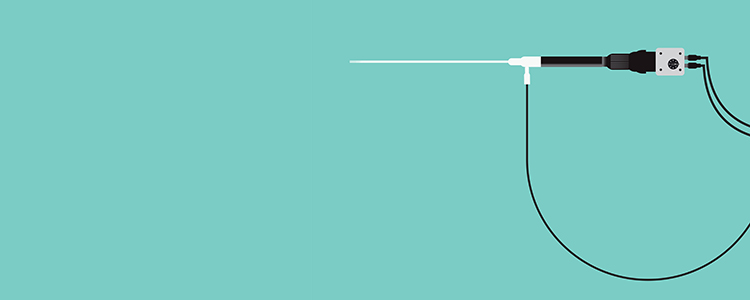
Diagnostic and Operative Hysteroscopy
Diagnostic hysteroscopy is a commonly performed procedure by a gynaecologist to evaluate the endometrial cavity. Doctors will use the hysteroscope with an optical light after the cervical span is ensured. The hysteroscope is inserted into the cervical are and uterine cavity. Separating the walls of uterus is done with the help of carbon dioxide injected into the cavity. Submucous mymoa, intrauterine damages and adhesive, polyps, septum, etc. and cognitive uterus anomalies are diagnosed by the hysteroscopy.
Operative Hysteroscopy
Hysteroscopically is often done to doctors to operate on Intrauterine adhesives, myomas, and abnormal structures. The treatment is done once the diagnostic Hysteroscopy has been performed on the patient. Doctors can remove the Myomas and polyps while the intrauterine adhesives can be cut out depending on the medical diagnosis. Hysteroscopy is preferred by doctors when other methods haven’t been successful or can’t help the patients. Preventing the re-adhesion of the uterus is crucial and can be attained with the insertion of intrauterine devices (spiral) or foley catheter into the cavity.
Advantages of the operative and diagnostic Hysteroscopy:
- No post-operative hospitalization
- Normal life is resumed immediately after the surgery
- one of the best treatment method for cases such as endometrial polyps and submucous myomas.
